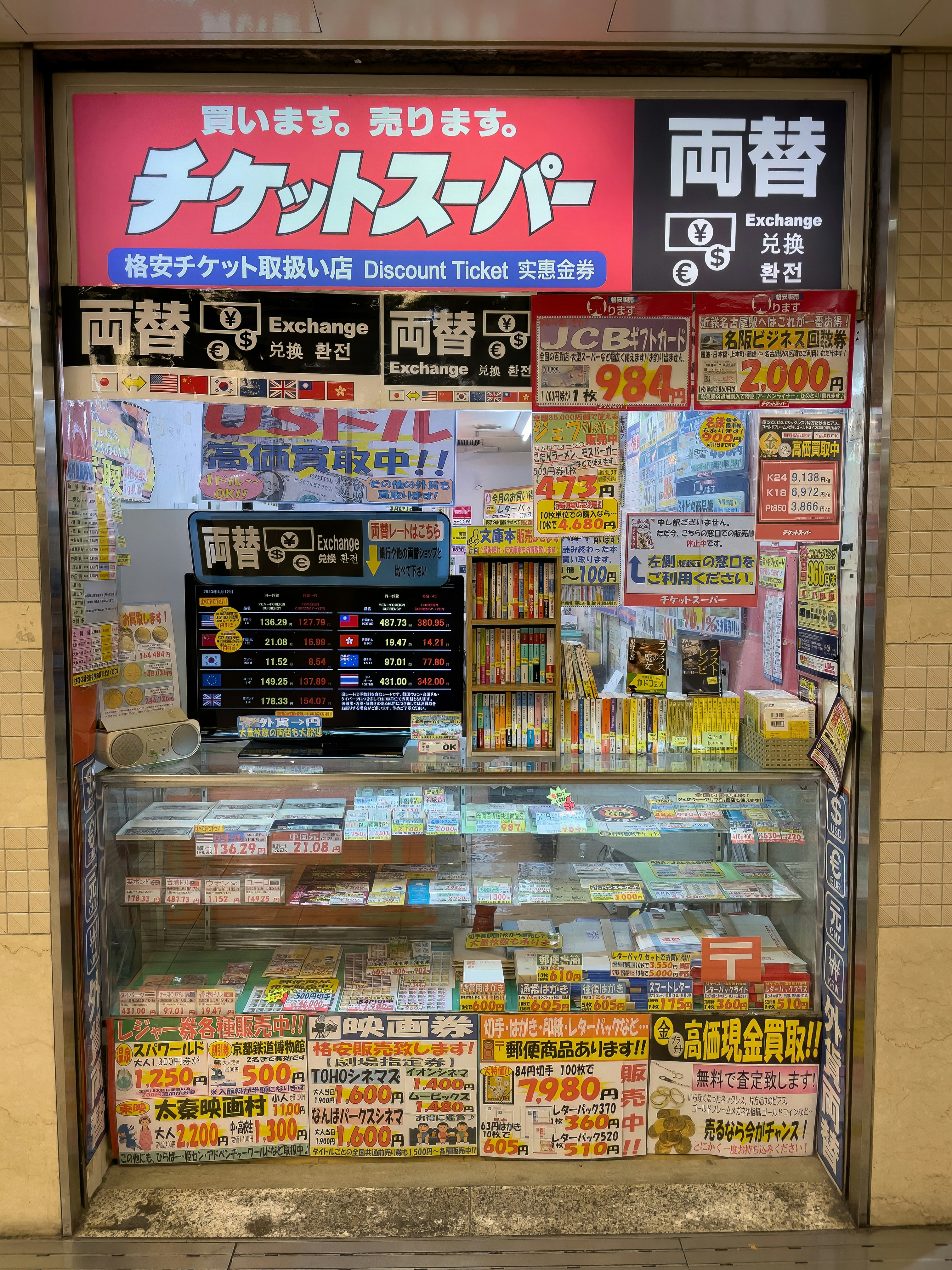
Knowledge from the Nationwide Retail Federation (NRF) signifies that vacation gross sales in the USA for 2023 are projected to expertise the slowest development up to now 5 years. The continuing problem of inflation has led People to be extra cautious with their spending throughout the vacation season.
The NRF, a number one retail trade group, estimates that vacation gross sales, which embody e-commerce and non-store gross sales, will improve by 3% to 4%, reaching a complete of $957.Three billion to $966.6 billion throughout November and December. This forecast is notably decrease than the 5.4% development noticed final 12 months and the substantial 12.7% improve seen in 2021.
NRF President and CEO Matthew Shay famous that regardless of financial uncertainty and family challenges, shoppers have displayed power and resilience. Nevertheless, there was a noticeable shift in how shoppers allocate their spending, emphasizing the necessity for prudent monetary choices.
Excessive costs for gas and meals, coupled with scholar mortgage repayments, have strained family budgets. Consequently, shoppers are reevaluating their vacation spending habits and are even slicing again on some grocery purchases.
The NRF’s much less optimistic outlook for the vacation season aligns with the same forecast from Deloitte, which additionally anticipates slower vacation gross sales development as shoppers prioritize important each day purchases.
The NRF predicts that on-line and different non-store gross sales will fare higher, with an anticipated improve ranging between 7% and 9%, totaling $273.7 billion to $278.eight billion.
In distinction to the cautious spending angle amongst shoppers, main retailers like Walmart and Macy’s have reported fewer in-store visits, regardless of launching early vacation promotions. Retail analytics agency Sensormatic Options predicts a possible drop in foot visitors of as much as 3.5% year-on-year for this vacation season, with hotter climate doubtlessly contributing to the lower in in-store visits.
Evaluating this 12 months to 2022, Sensormatic knowledge reveals that foot visitors remained flat, following a outstanding 17.2% surge in 2021 when customers rushed to shops after the relief of COVID-19 restrictions.
Moreover, knowledge from Placer.ai signifies a decline in retailer visitors throughout the first two weeks of October, even with early vacation reductions provided by retailers like Goal, Walmart, and Kohl’s. These promotions, comparable to Goal’s “Circle Week” and Walmart’s “Vacation Kickoff,” didn’t drive elevated in-store visits.



